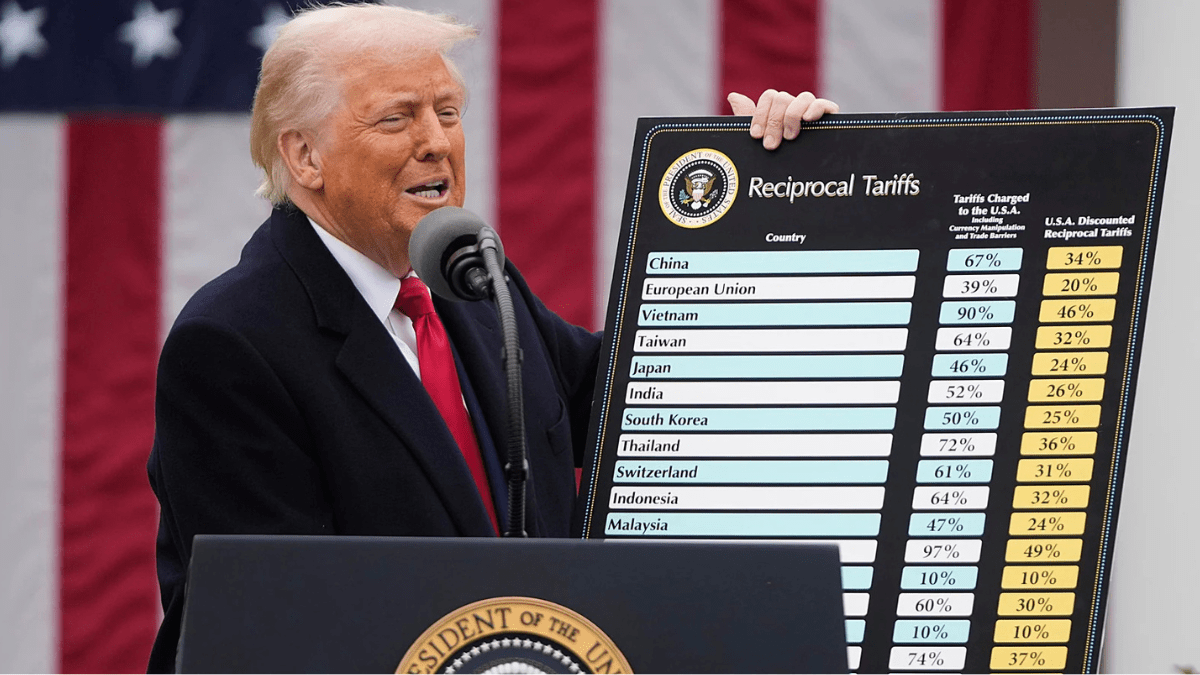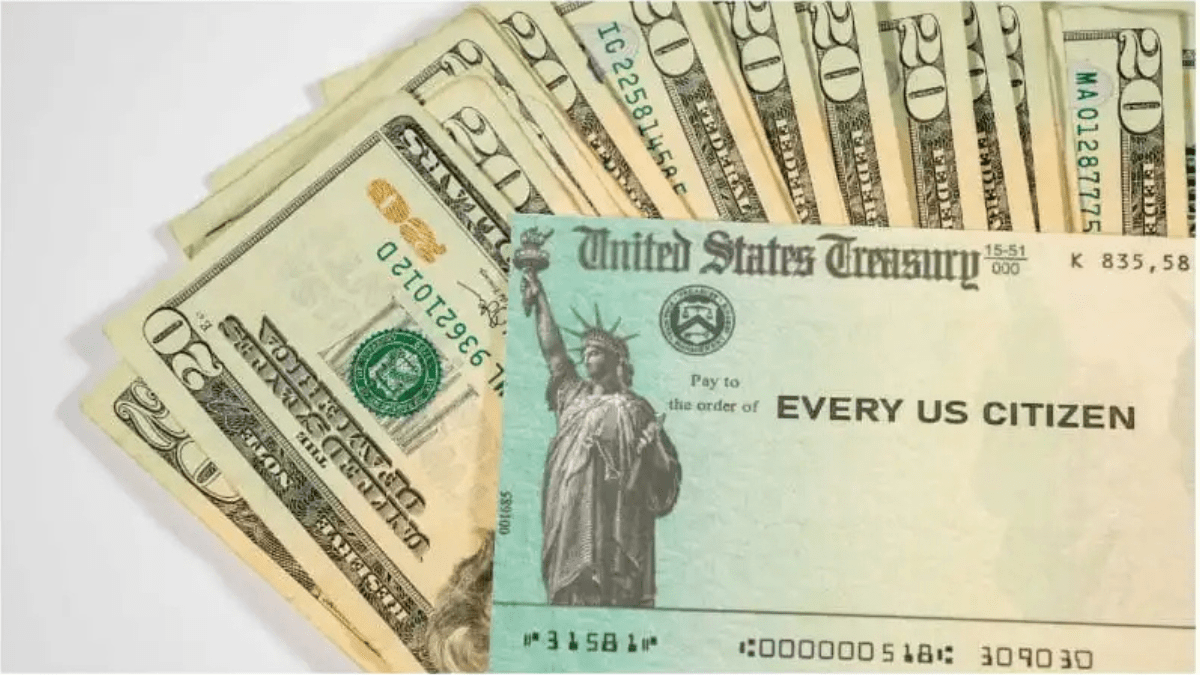Trump Tariffs: xplore the latest on Trump’s tariffs in 2025, including escalating trade tensions with China, Canada, and Mexico. Learn how these tariffs are reshaping global trade and impacting economies worldwide

Trump Tariffs 2025: A Comprehensive Overview of the Latest Trade Policies
Donald Trump’s second administration has ushered in a new era of protectionist trade policies, with sweeping tariffs affecting global trade and domestic industries. From heightened tariffs on Chinese imports to new levies on goods from Canada, Mexico, and other nations, these measures have sparked economic debates and reshaped international relations. Here’s everything you need to know about Trump tariffs in 2025.
What Are Trump Tariffs?
Trump tariffs refer to the trade duties imposed by President Donald Trump during his presidency to protect U.S. industries, reduce trade deficits, and address national security concerns. In 2025, these tariffs have escalated significantly:
- Baseline Tariff Increase: On April 2, 2025, a minimum 10% tariff was imposed on all imports to the U.S.
- China-Specific Tariffs: Effective April 9, 2025, Chinese imports face a staggering 145% tariff rate.
- Automobile Tariffs: A 25% tariff on imported cars and auto parts from Canada and Mexico began on April 3, impacting non-USMCA-compliant goods.
Key Highlights of the 2025 Tariffs
1. Escalation of the U.S.-China Trade War
- Tariffs on Chinese goods increased from 10% to 20% in March and further to an effective rate of 145% by April17.
- China retaliated with tariffs on U.S. agricultural products and launched investigations into American exports14.
2. New Trade Wars with Canada and Mexico
- A 25% tariff was imposed on most goods from Canada and Mexico starting March 4, citing drug trafficking and immigration concerns1.
- USMCA-compliant goods received temporary exemptions until April 2 but are now subject to full tariffs1.
3. Reciprocal Tariffs Across Nations
- On April 2 (“Liberation Day”), Trump announced reciprocal tariffs ranging from 11% to 50% for imports from 57 countries1.
- These measures aim to counter perceived unfair trade practices but have drawn criticism for their unilateral nature12.
Economic Impact
The tariffs have led to significant economic consequences:
- Stock Market Volatility: The announcement triggered a sharp decline in stock markets globally14.
- GDP Growth Concerns: Economists estimate that the tariffs could reduce U.S. economic growth by over one percentage point in 20254.
- Consumer Prices: Higher import costs are expected to raise prices for everyday goods, straining household budgets4.
Industry Reactions
Automotive Sector
Major automakers like Ford and Stellantis have warned that tariffs will disrupt supply chains and hurt U.S. manufacturers more than foreign competitors1. Stellantis has already announced factory closures in Canada and Mexico due to the new levies1.
Retailers
Retail giants such as Walmart and Costco are pressuring suppliers to absorb increased costs from Chinese tariffs, fearing price hikes will deter consumers14.
Controversies Surrounding the Tariffs
Critics argue that Trump’s “reciprocal tariffs” are overly simplistic and lack a clear strategy. Media outlets have labeled them unilateral protective measures rather than true reciprocity1. Additionally:
- Exemptions for electronics like smartphones have caused confusion among importers8.
- Economists warn of recession risks if these policies persist without adjustments8.
Final Thoughts
Trump’s tariff policies in 2025 represent one of the most aggressive protectionist moves in modern U.S. history. While aimed at boosting domestic industries, they have sparked retaliation from trade partners, disrupted supply chains, and raised concerns about long-term economic stability.





















